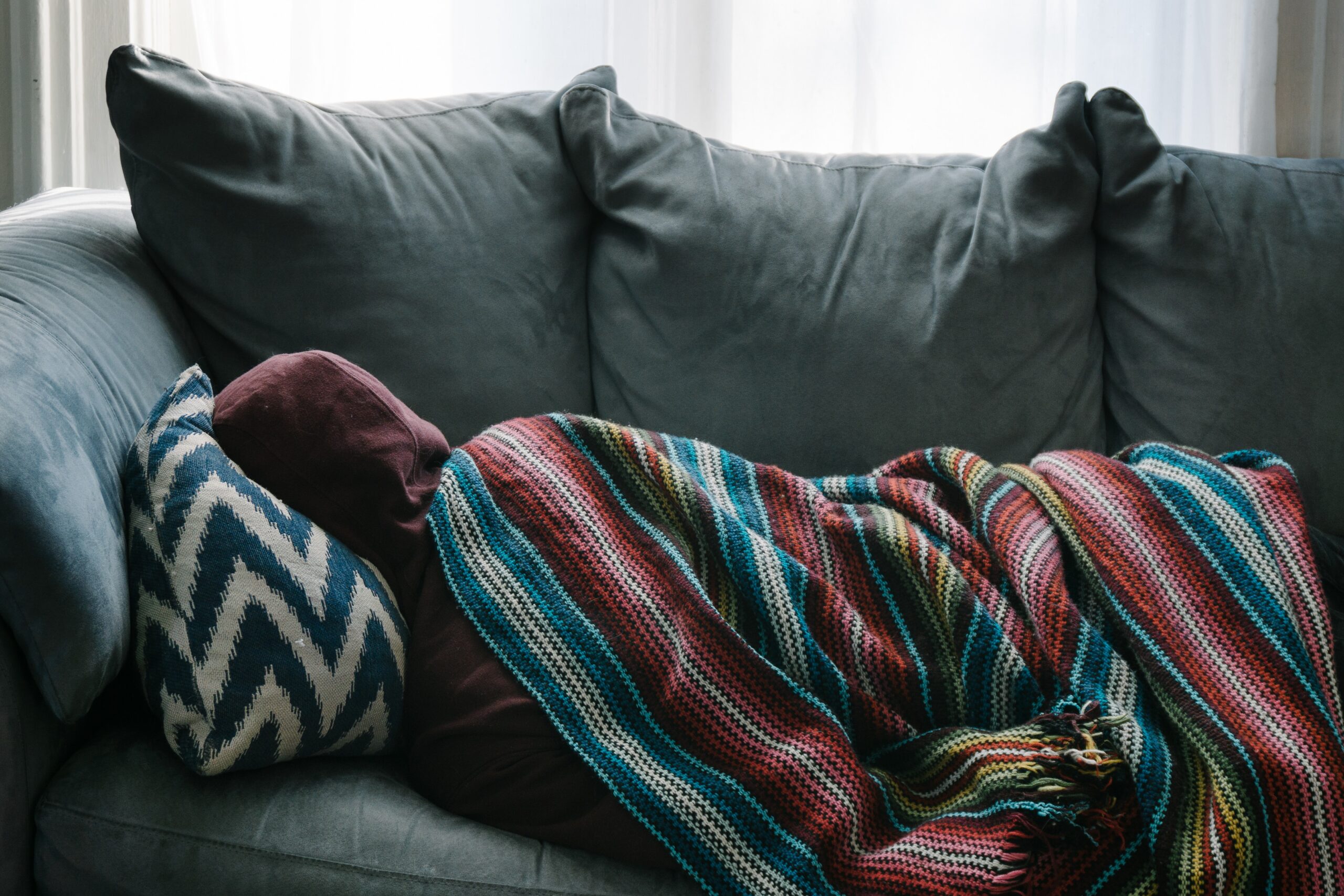If you have ever been struck by an oddity in your own bleeding after a cut or accident, then it might be worth taking a closer look at it. Bleeding disorders can affect people at any age, and come in many different varieties. The main thing that links them is that they all affect the body’s ability to form blood clots. As such, if you have ever experienced excessive or prolonged bleeding, even after just a small cut, you might want to look closer at the symptoms that one of these conditions could be playing a role.
Anemia
This condition is typically due to a deficiency of red blood cells (aka hemoglobin) which are responsible for transporting oxygen around the body. Anemia is not specifically a bleeding disorder but is linked to it, often resulting from blood loss, including through heavy menstrual periods or gastrointestinal bleeding. If you see any blood in your stool, you should never ignore that symptom. Other signs of anemia include fatigue, weakness, and shortness of breath. You may also appear to have paler skin than usual, as well as cold hands and feet. If you have chest pain or an irregular heartbeat, you should consider it an emergency situation.
Hemophilia
This is a genetic disorder that can affect people in different ways, causing them to have deficiencies of different clotting factors in their blood. It typically affects men more than women. Prolonged bleeding is the main symptom, but spontaneous bleeding into joints and muscles, causing pain and swelling, can occur as well. It is most often treated through the use of clotting factor concentrates or non-factor replacements such as NUWIQ. These can ensure that the blood can clot properly so that your blood behaves as expected in cases of a cut or nosebleed.
Von Willebrand Disease
Although the name might not be as widely known as hemophilia, Von Willebrand Disease (or VWD) is actually the most common inherited bleeding disorder. Much like hemophilia, it’s caused by a deficiency or dysfunction of a clotting factor, in this case, the von Willebrand factor. However, unlike hemophilia, it affects both men and women. The symptoms are roughly the same as with hemophilia, but there is not likely to be as much spontaneous bleeding into joints or soft tissues. Much like hemophilia, it’s often treated by replacing the missing clotting factors, as well as through foam or gel which can applied topically to any wounds, stimulating the role of clots to stop bleeding.

Thrombocytopenia
This condition is typically defined as a low platelet count, which can affect the blood’s ability to clot. Not specifically a hereditary condition, it can result from bone marrow disorders, autoimmune diseases, infections, and even due to certain medications. This condition often has the additional visible symptom of red or purple spots on the skin, caused by bleeding from small vessels beneath, as well as easier bruising in general. Bleeding gums is another common symptom of this one. Unlike hemophilia and Von Willebrand disease, this condition can be cured, depending on its cause and severity.
Fibrinogen Deficiency
Much like hemophilia and Von Willebrand disease, this is a hereditary condition that results in lower levels of a substance necessary for blood clotting. In this case, it’s it’s a lack of fibrinogen, a protein vital for clot formation. However, there are also non-hereditary forms of this deficiency. While rarer, liver disease and certain other conditions can cause it. Easy bruising and spontaneous bleeding in muscles and joints are a common sign, but it can also lead to dangerous symptoms such as thrombosis, which can contribute to stroke.
Can You Prevent Blood Disorders from Developing?
As we have explored, most bleeding disorders are inherited, meaning they cannot be cured or prevented. However, you can do a lot to manage their risk and reduce the chances of complications. Early diagnosis and management are vital, and from there, you can ensure that you’re making healthy life choices, such as maintaining a balanced diet, staying active, and avoiding smoking and excessive alcohol consumption that can exacerbate bleeding tendencies. Taking precautions to avoid injuries is essential, as well. Protective gear during physical activities and avoiding high-risk activities can reduce the likelihood of bleeding episodes.
Many blood disorders are inherited and, as such, cannot be fully cured. However, with the help of medical treatments and proactive management, you can manage them a lot better. Working with a hematologist can help you get to the bottom of your concerns and get you started on the treatment plan that works best for you.
Contributed Content


